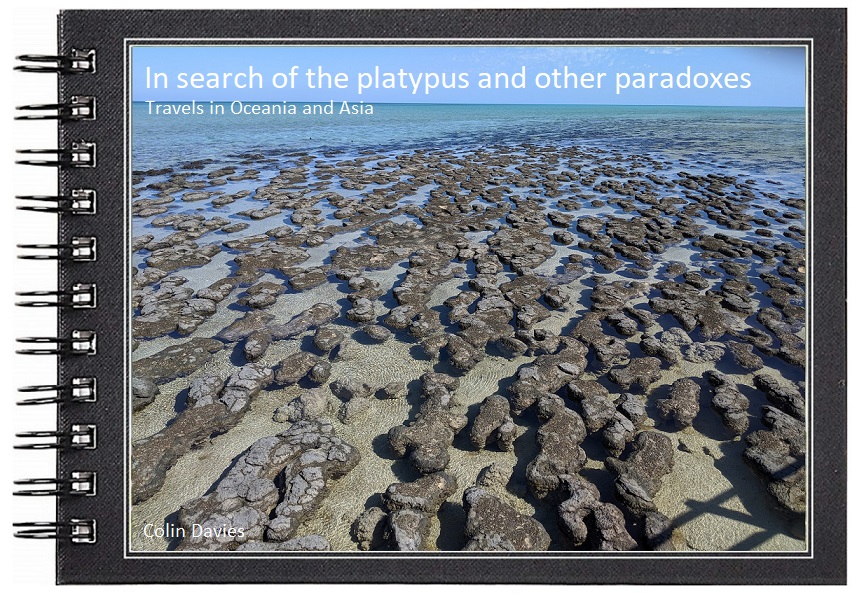This is a full list in alphabetical order of species seen on the holiday, 4th June - 7th July 2018 with location and maximum number of birds seen at each location in brackets.In total, 206 species of which 105 were new for me.
Wednesday, 11 July 2018
Saturday, 7 July 2018
Freckled Duck, Herdsman
It’s a bit hard to explain why I should be so pleased to see six freckled ducks at Herdsman Lakes today. After all, they’re far from the most colourful bird I’ve seen on my travels around Aus, in fact to be honest they’re quite ugly looking ducks compared to most. I can sum it up best like this; freckled ducks are birders birds, or perhaps more specifically I should call them wildfowl enthusiasts wildfowl, because not all birders are enamoured by ducks. I count myself as a wildfowl enthusiast, in fact I’d go as far as to say that wildfowl are my favourite group of birds, so it was especially pleasing to see freckled ducks sharing the same reedy pool as the even more bizarre musk duck with their odd lobes and strange display and blue-billed ducks with bills so blue as to be straight out of a kids comic book. An Australian a scene as any you could imagine! All three species are endemic to the continent.
Friday, 6 July 2018
Rottnest Island, WA
A great end to my holiday to Australia, glorious sunshine and light winds on Rottnest island, Western Australia. The island is probably most famous for its Quokkas but there is a lot of other good stuff here as well and I managed 2 new bird species for the holiday, red-capped robin and western whistler. The latter is a fairly recent split by the IOC from golden whistler and the new species is more or less endemic to WA. Also today impressive numbers of banded stilts on the salt lakes, over 1000 I estimate, and good numbers of white-fronted chats and silvereyes.
Thursday, 5 July 2018
Herdsman and Lake Monger, Western Australia
 |
| Yellow-billed spoonbill |
Moving on, the lifers came thick and fast, next was a much sought after buff-banded rail, followed by red-winged fairy-wren, splendid fairy-wren, yellow-rumped thornbill, western gerygone, Australian reed warbler and perhaps most pleasing, a flock of 25 Carnaby's black-cockatoos.
Apart from the lifers, there were good numbers and variety of other birds with 200+ purple swamphens, pink-eared ducks, swamp harriers, musk ducks, singing honeyeaters, silvereyes, grey teal, Australian shoveler and a stunning spotted pardalote.
Wednesday, 4 July 2018
A few bits and pieces from the Southern Eyre Peninsular
 |
| White-browed babbler |
Monday, 2 July 2018
Murray Point, Port Lincoln
Just south of Port Lincoln racecourse lies Greyhound road, which leads to Murray Point, an area which offers some of the best birding I have found in the vicinity of Port Lincoln. At low tide there is plenty of exposed mud and sand for shore birds, which include banded and white-headed stilt and red-necked avocet, whilst the scrubby areas inland hold more birding gems, in particular rock parrot. These cute little parrots might not be as colourful as some of their cousins, but the're my favourite. Offshore there are four species of cormorant including the south coast specialty, black-faced, as well as double figure counts of hoary-headed grebe and Australian pelican, whilst the impressive Pacific gull patrols the shore line. The common tern here is crested, but others include fairy and Caspian.
Subscribe to:
Comments (Atom)
-
Photo: Snowy albatross. "Wanderer at 6 o'clock!", the cry went up and sent shivers down my spine. This was the moment I ha...
-
I've been to Southern India twice now, but neither were birding holidays. The first was to meet the family of my son's...
-
Philips Island is a 90 minute drive south east of Melbourne. It's a proper island but you can drive onto it via a bridge. The day we ...







